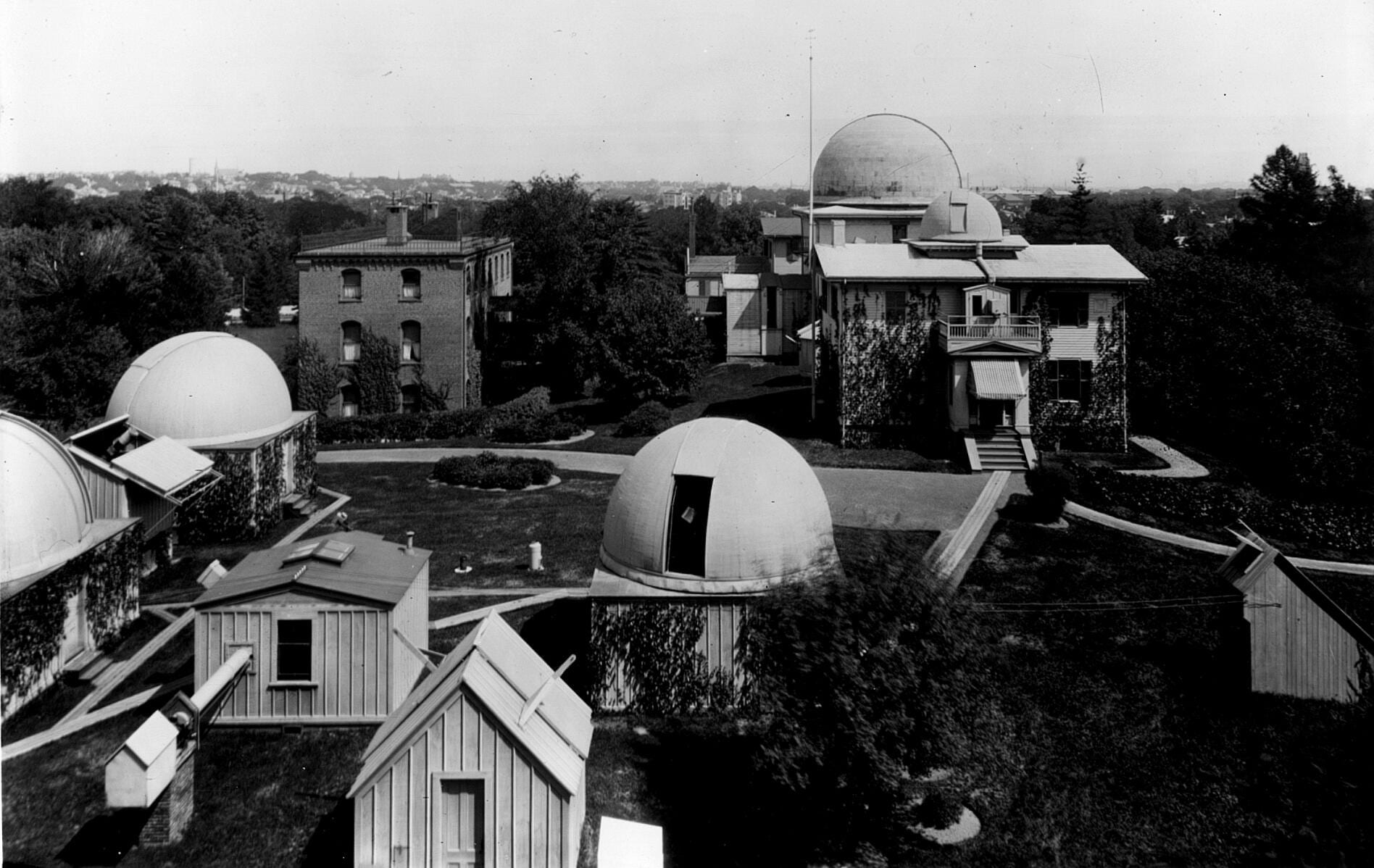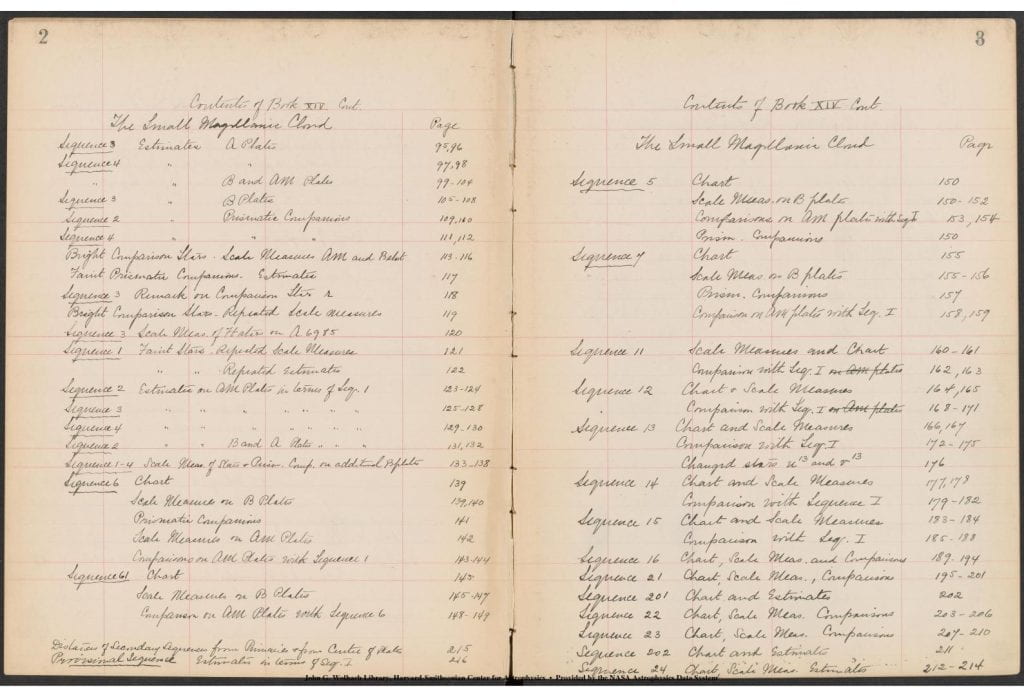Mission & Vision
The Harvard College Observatory (HCO) is apart of The Faculty of Arts and Sciences (FAS). Together the FAS seeks to foster an environment of ambition, curiosity, and shared commitment to knowledge and truth that elicits excellence from all members of our community and prepares the next generation of leaders through a transformative educational experience.
About
Harvard College Observatory (HCO) + Smithsonian Astrophysical Observatory (SAO) = Harvard-Smithsonian Center for Astrophysics (CfA)
Founded in 1839, the HCO carries on a broad program of research in astronomy and astrophysics, collaborating with the SAO at the CfA and providing substantial support to Harvard’s Department of Astronomy.
HCO and the SAO jointly run the CfA. There are a number of research divisions at the CfA and many people have affiliations with more than one division. Most divisions have a mix of both SAO and Harvard researchers and staff.
HCO houses a collection of approximately 500,000 astronomical plates taken between the mid-1880s and 1989 (with a gap from 1953–68). The glass plates together weigh about 170 tons and occupy about 465 square meters of Cambridge real estate. This 100-year coverage is a unique resource for studying temporal variations in the universe. The Digital Access to a Sky Century @ Harvard (DASCH) project is digitally scanning and archiving these photographic plates.

History
The Harvard College Observatory (HCO) was founded in 1839 by the Harvard Corporation. A time when few facilities existed in the United States. William Cranch Bond, a prominent Boston clockmaker, was appointed as “Astronomical Observer to the University” at no salary. In 1847, the HCO installed a 15-inch telescope named “The Great Refractor.” It was the largest in the US at the time. Between 1847 and 1852, Bond and pioneer photographer John Adams Whipple used the Great Refractor telescope to produce images of the moon that are remarkable in their clarity of detail and aesthetic power. Their images of the moon took the prize for technical excellence in photography at the 1851 Great Exhibition at The Crystal Palace in London. On the night of July 16-17, 1850 Whipple and Bond made the first daguerreotype of a star (Vega).

From 1877 to 1919, Edward James Pickering took directorship of the observatory. Through his direction, the HCO became a major center of spectroscopy. It was the world’s major producer of star spectra and magnitudes. By putting a prism in front of the lens of the telescope, his team was able to photograph the spectra of many stars at once. This resulted in the Henry Draper Catalogue (named to recognize the financial support for the project provided by Draper’s widow) with nine volumes and over 225,000 spectra. A new stellar-classification scheme was created thanks to the catalogue. This classification scheme is still used to this day. It was refined by Annie Jump Cannon, who was a part of Pickering’s team. HCO also established an observing station in Peru in 1890. The Boyden Station’s purpose was to perform photographic surveys of the sky from the southern hemisphere; not visible from HCO. The Boyden Station site is near Arequipa, Peru.
Bust of Edward Pickering, Jenny Woodman.
HCO began to take in more data than it could analyze. This would pave the way to apply mass-production methods to the analysis of data through the use of Harvard Computers – a team of women working as skilled workers to process astronomical data. These women were tasked with measuring the brightness, position, and color of stars. Along with reducing the photographs and rendering the image as clear as possible while also taking into account things like atmospheric refraction. A lot of the work done was largely clerical. Notes taken on the stars were copied into tables. The work that they have done was undeniably important to astronomy. The data provided the empirical foundations for larger astronomical theory. Many women including Annie Jump Cannon, Henrietta Swan Leavitt, Cecilia Payne-Gaposchkin, and Williamina Fleming performed pivotal stellar classification research. Cannon and Leavitt were hired initially as “computers” to perform calculations and examine stellar photographs, but later made insightful connections in their research.
From 1921 to 1952, Harlow Shapley directed the observatory. He expanded the scope of the observatory into galactic and extragalactic research and increased its telescopic power with the establishment of the Oak Ridge station. Installed with a 61-inch reflector, this would be the largest optical telescope in the U.S. East Coast. Through his directorship, Shapley brought about highly talented astrophysicists and organized them into teams, making the HCO one of the largest and most productive in the world.
From 1952 to 1966, Donald H. Menzel would be the director. In 1953, he would suspend the observation campaign by halting the plate-making operations as a cost-cutting measure. This suspension would later be referred to as “Menzel Gap” for the 15-year period that astronomical photographic plates were absent. During his time at HCO, he would suggest and arrange bringing the Smithsonian Astrophysical Observatory (SAO) to Harvard. This would forge a relationship with the Smithsonian Institution and lead the way to the establishment of the Harvard-Smithsonian Center for Astrophysics.
From 1966 to 1969, Leo Goldberg was the director of the HCO. A primary focus of Goldberg’s was developing the series of Orbiting Solar Observatories (OSO) launched by NASA in the 1960s and 1970s. The primary goal of these observatories was to study the Sun. Over the course of several missions, Goldberg and the HCO helped to discover more about solar flares and the Sun’s x-ray and ultraviolet wavelengths.
In 1973, the SAO combined their resources and research facilities to create the Center for Astrophysics | Harvard & Smithsonian. Advancing our understanding of the universe through astronomy research, these two institutions act as a powerhouse organization. The observatory itself, however, maintains its separate status under the control of Harvard.
Today the HCO is an institution managing a complex of buildings and multiple instruments used for astronomical research by the Harvard University Department of Astronomy. It is located in Cambridge, Massachusetts, USA.
